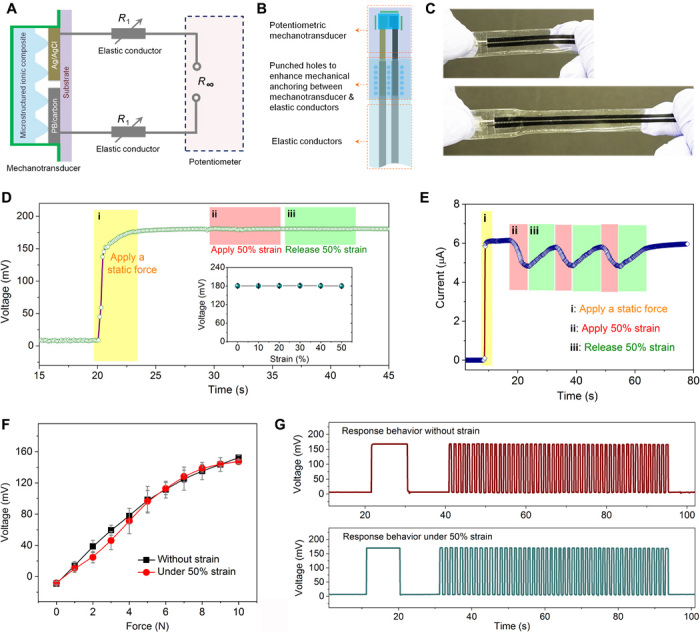Fig. 4. Stretchable mechanical sensors with strain-independent sensing performance.

(A) Schematic diagram showing the circuit model for the operating principle of the strain-insensitive potentiometric sensors. (B) Illustrative layout of the stretchable sensors. See fig. S8 for fabrication flow. (C) Photographs showing the good stretchability of the sensors. (D) Recorded voltage signal of a stretchable potentiometric sensor during first applying a constant force onto the sensor (phase i), followed by applying (phase ii) and releasing (phase iii) 50% strain to the sensor. The inset figure shows the highly stable signal output of the sensor during stretching the sensor to 50% strain. See movie S1 for real-time demonstration. (E) Measured current signal of a stretchable resistive sensor for comparison. The current signal shows a notable variation during applying/releasing 50% strain as a result of the strain-induced interference. (F) Force sensing behaviors of the stretchable sensor without strain and with 50% strain applied on the sensor. (G) Response behaviors of a stretchable sensor for monitoring finger touch: without strain and with 50% strain applied on the sensor. The measured signals of the prestretched and unstretched sensors are nearly identical, demonstrating that the sensor can work independently from stretching-induced interference. Photo credit: X.W., University of California, Berkeley.
